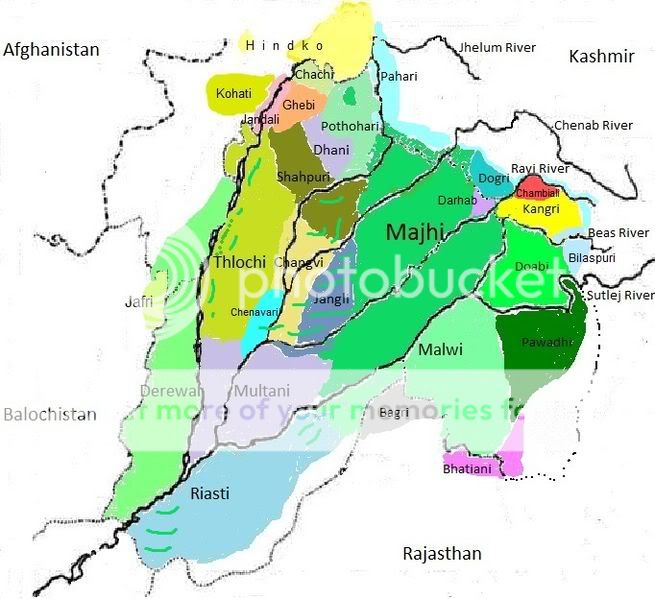I have an issue that's troubling me... It seems like not only in Sikh History but the current identity of Sikhi is shaped heavily by men. Recently, there was a pole on here about who the most influential figures were in Sikh History... not a single woman on the list. And usually the only woman who gets credit is Mai Bhago, sadly I think it's because she stepped into what was considered a male role.

Why are women overlooked so often in Sikh History? I don't have an issue with having 10 fathers, at all. But why are women shoved so far behind... they're virtually voiceless. And when a woman DOES have a voice (ie. Maharani Jinda), its almost shown to be off putting or unfeminine. Often times, a lamenting female is shown to be more acceptable... is that still the accepted idea of femininity??
This is also prevalent today. I speak from what I am exposed to: there is a growing culture of Sikh male rappers. Why is it that they can have the image of a Sikh, be lauded for what they're doing, preach about this and that and still make songs about how they want a girl with nice lips and nice hips? Or act like a woman supposed to be revolving around a man, like that's her sole role in life. Say things like "I'm the earth and she's the moon, and God's the sun." Yea, right. How about co-planets??
What are your thoughts on this issue? Sikhi's supposed to be about equality, and self-sufficiency... why do these archaic ideas have so much weight and are totally acceptable?
Why are women overlooked so often in Sikh History? I don't have an issue with having 10 fathers, at all. But why are women shoved so far behind... they're virtually voiceless. And when a woman DOES have a voice (ie. Maharani Jinda), its almost shown to be off putting or unfeminine. Often times, a lamenting female is shown to be more acceptable... is that still the accepted idea of femininity??
This is also prevalent today. I speak from what I am exposed to: there is a growing culture of Sikh male rappers. Why is it that they can have the image of a Sikh, be lauded for what they're doing, preach about this and that and still make songs about how they want a girl with nice lips and nice hips? Or act like a woman supposed to be revolving around a man, like that's her sole role in life. Say things like "I'm the earth and she's the moon, and God's the sun." Yea, right. How about co-planets??
What are your thoughts on this issue? Sikhi's supposed to be about equality, and self-sufficiency... why do these archaic ideas have so much weight and are totally acceptable?
Last edited by a moderator:



